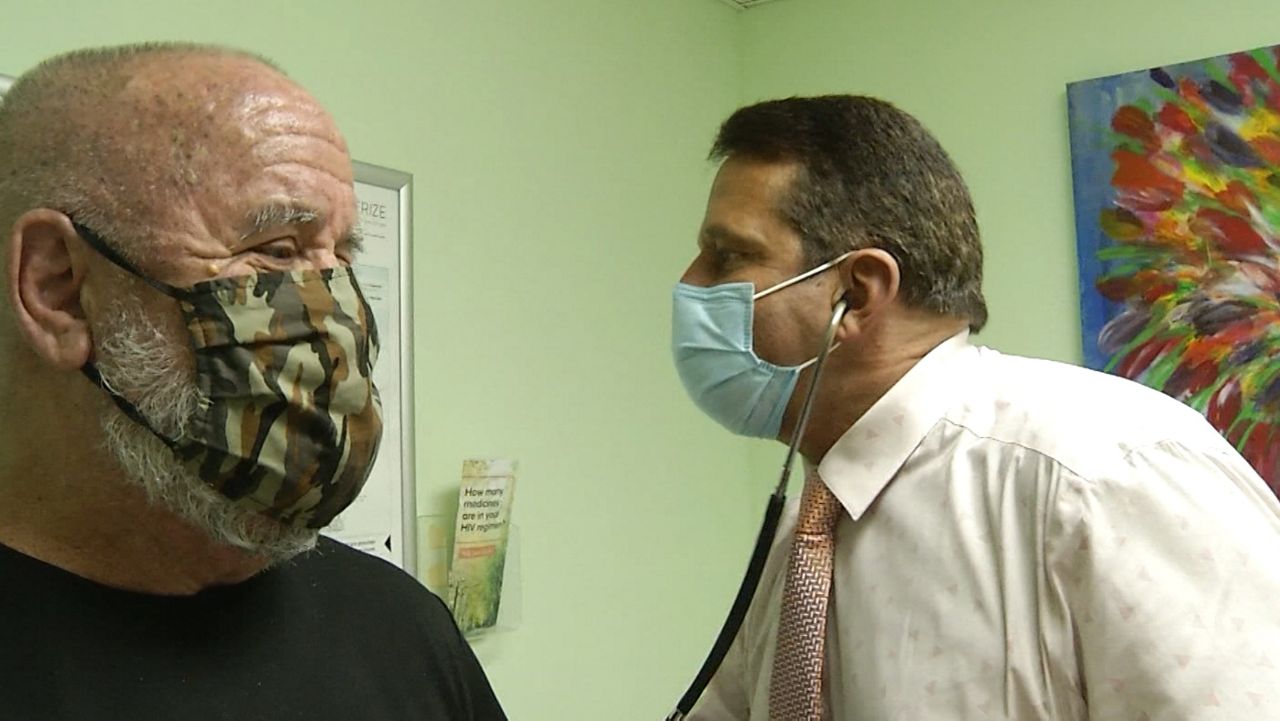No one likes going to the doctor, but after months of searching, Jerry Finster finally found Dr. Bob Wallace.
“I just kind of took a stab in the dark, came over and met with him, and it worked out fabulous,” Finster said.
At 72 years old, Finster says it’s important he has a doctor he can trust.
“It’s just to have a source of good guidance that helps you take care of any particular needs you might have,” he explained.
But that’s not always easy, especially because Florida ranks last in the nation for access to primary care physicians, according to Jacksonville University.
“It’s estimated, over the next 5-10 years, Florida will need between 3,000-5,000 primary care providers to come into the state in order to provide care,” said Dr. Teresa MacGregor with Jacksonville University.
With an aging population and many rural areas, she said the need is dire.
Dr. Wallace is already seeing it in his practice.
“Most practices may see one or two new patients a day, but we’re right in a phase now where we’re getting so many referrals that it’s getting a little harder to keep up,” Dr. Wallace said.
To help meet the need, the state recently passed a bill that allows nurse practitioners to see patients without a physician present, as long as they have the proper training. That training is now offered at Jacksonville University.
“They need either two graduate courses in advanced diagnostics and pharmacology or 45 continuing education units,” said MacGregor.
Students will also need to practice for 3,000 hours with a primary care physician before heading into the workforce and helping to tackle this issue.
The health information company Availity has also donated $100,000 in scholarships to help the program take off.
